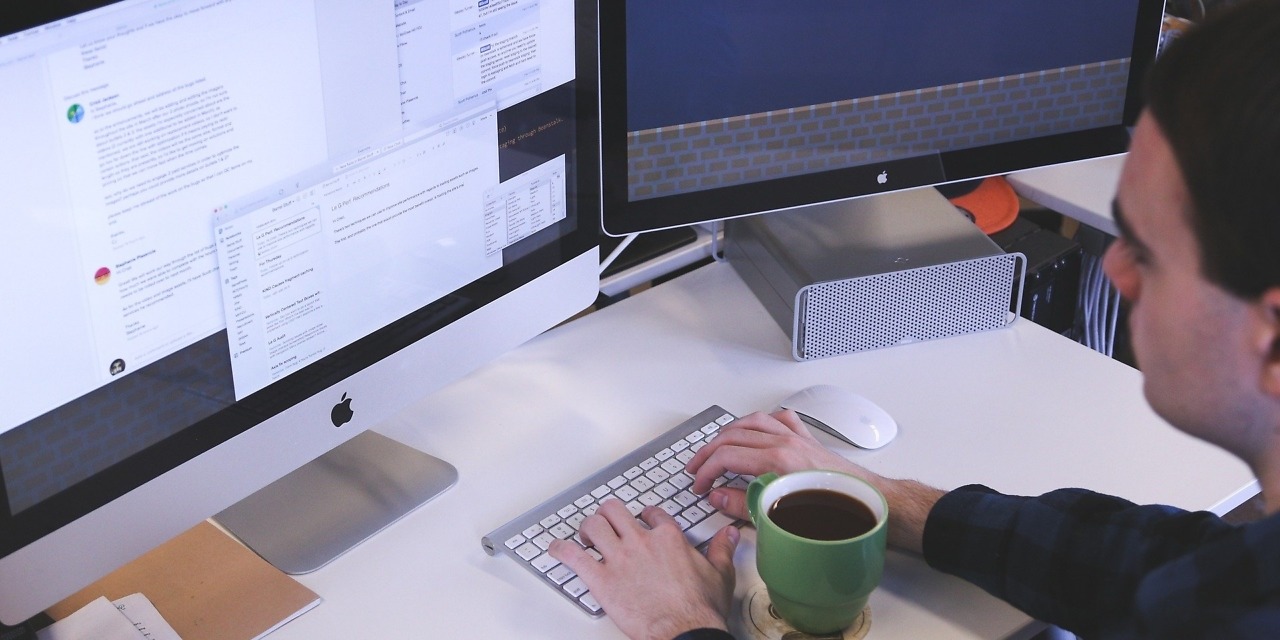Layout is something that is often overlooked but is of utmost importance especially at work. In fact, it is one of the essential elements to take into account when writing at work. In addition, you should know that the reader is above all sensitive to the layout which allows to have an impression of the quality of the document. So a mileage document without a good layout will look like a mess. So how do you get your layout right?
Put white spaces
It is important to put white space so that the content is appetizing. To do this, consider leaving margins at the text by using rolling white. This includes the right, left, top, and bottom margins.
In the case of an A4 document, the margins are generally estimated to be between 15 and 20 mm. This is the minimum for a well ventilated page.
There is also white space which helps to avoid the effect of overload and which makes it possible to highlight an image or a text.
A well-written title
To make a successful layout, you must also make sure to write a correct title and place it at the top of the page. Generally speaking, the reader's eye flies through a printed page from left to right and top to bottom. In this sense, the title should be placed at the top left of the page. It is the same for the intertitles.
In addition, it is not necessary to capitalize the entire title because a lower case sentence is read more easily than an upper case title.
Standard fonts
For a successful layout, two or three fonts are sufficient in the document. One will be for headings, another for text, and a final one for footnotes or comments.
In the professional field, it is advisable to be sober by using the serif and sans serif fonts. Readability is guaranteed with Arial, Calibri, Times, etc. fonts. In addition, script and fancy fonts should be banned.
Bold and italics
They are also important for a successful layout and make it possible to highlight sentences or groups of words. Bold is used at the title level but also to emphasize certain keywords in the content. As for Italics, it also makes it possible to distinguish words or groups of words in a sentence. Since it is less conspicuous, it is usually spotted during reading.
The symbols
You should also remember to use symbols for a successful layout when writing professionally. In this sense, the dashes are the oldest but nowadays these are gradually replaced by the bullets.
These make it possible to stimulate reading while giving rhythm to the text and attracting the reader's attention. They thus allow you to obtain bulleted lists which will allow to have a more readable text.





